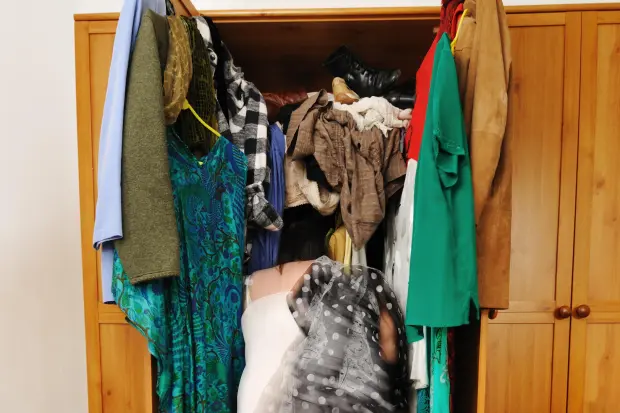Our Fast-Fashion Clothes Frenzy: A Quick Introduction
In today’s speedy world, getting new clothes has become a regular thing. We shop, wear, and toss clothes so fast that it’s creating a massive pile of textile waste. But here’s the twist: even though we know billions of clothes are made each year, the exact number is like a secret we can’t unravel.
Fast Fashion’s Hidden Costs: Not Just the Price Tag
The fashion world’s lack of openness is a big roadblock to making things better. If we don’t know exactly how many clothes are being made, it’s super hard to figure out how much harm they’re causing to the environment. This mystery also stops us from holding brands responsible for their production ways, keeping the cycle of too much production and too much waste going.
Why the Hush-Hush? Obstacles to Knowing the Truth
Finding out the exact number of clothes made each year is like trying to catch a sneaky cat. One major reason is that making clothes involves lots of different players. It from folks who supply the materials to those who make the clothes and sell them. It’s a tangled web that makes it tough to keep track and get the right info.
Plus, many brands and makers don’t want to share their production details. They worry about losing their edge over competitors and keeping their special ideas safe. This secrecy adds to the confusion and stops us from understanding how much clothing is made and how it’s hurting the planet.
The Dark Side of Not Knowing: What’s at Stake?
Our ignorance about how many clothes we make has some serious downsides:
- Harming the Environment: Fashion is a big part of what’s causing climate change and pollution. If we don’t know how much is made, it’s tough to figure out how much damage it’s causing and how to fix it.
- Treating Workers Unfairly: The folks making our clothes often get a raw deal – low pay, dangerous conditions, and even child labor. Without knowing the whole story, it’s hard to stop these problems.
- Confusing Shoppers: Not having clear info about the impact of making clothes makes it tricky for us, the shoppers, to make smart, eco-friendly choices.
A Better Future: Let’s Get Transparent
For a fashion world that’s kinder to the planet, we need more openness. Everyone has to join in:
- Brands and Shops: They need to promise to be more open about how they make things – where they get materials, how they make the clothes, and what impact it all has on the environment.
- Governments: They can make rules that force brands to share this info, making transparency the norm.
- Groups Helping Out: Non-profits can share their wisdom and support the push for more openness in the fashion world.
- Us – the Shoppers: We can ask brands to spill the beans and choose to support those who are trying hard to do things the right way.
Why It Matters: The Power of Knowing
Getting more transparency in the fashion world isn’t just about knowing the number of clothes. It’s about giving us, the shoppers, more power, making brands answer for what they do. And then, pushing for a fashion world that’s better for the environment.
In Closing: Let’s Uncover the Truth
Even if we don’t have the exact number of clothes made each year. One thing is clear: hiding the truth in the fashion world is blocking us from making it better. By teaming up to demand more transparency, we can make smarter choices, make brands do better. And then, create a fashion future that’s eco-friendly for everyone.


